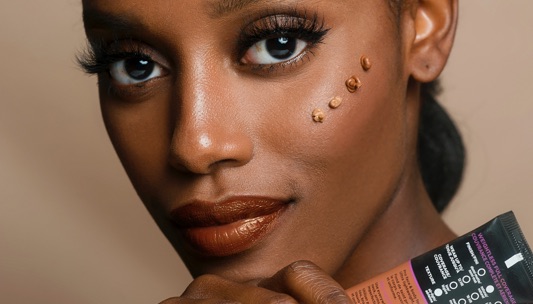African wax fabrics can be categorized in various ways—like by technique, regional culture, design style, and historical roots—showcasing the continent’s rich textile traditions and cultural diversity. Here’s a breakdown based on research, craft features, and local practices:
- By Technique
- Hand-Drawn Batik: Uses beeswax or resin as a resist, hand-drawn patterns create natural “cracked wax” effects. Examples: Nigeria’s Adire (Yoruba craft with indigo dye) and Senegal’s wax prints (using rice paste instead of wax). These carry cultural symbols and historical meanings.
- Machine-Printed Batik: Industrial production mimics hand-drawn styles. Think Dutch Wax Prints (popular in Ghana as Ankara) or Chinese wax fabrics (like GETOFA’s high-color, low-cost innovations). These dominate the mid-to-high-end market with modern African designs.
- Mud Cloth: Uses fermented mud as a resist, creating earthy geometric patterns. Mali’s Bogolan (Bambara craft) is a prime example, symbolizing nature and social order, and showcasing eco-friendly practices.
- By Region
- West Africa: Nigeria’s Adire ties to Yoruba culture, Ghana’s Ankara reflects national identity, and Senegal’s indigo-dominant batik is used in traditional Grand Boubou attire.
- Central & East Africa: Congo’s Liputa blends tribal symbols with modern designs, while Kenya and Tanzania’s Kitenge features vibrant animal and geometric patterns for daily wear and celebrations.
- Southern Africa: South Africa’s Zulu Inkatha uses red tones, symbolizing war and unity, with both hand-drawn and machine-printed styles.
- By Design Style
- Traditional Symbols: Ghana’s Akan and Adinkra symbols (like Gye Nyame or Nkyinkyim) carry deep religious and philosophical meanings.
- Nature-Inspired: Patterns like palm leaves, leopard prints (Nigeria’s Adire), or Mali’s geometric waves reflect Africa’s landscapes.
- Modern Fusion: Congo’s Liputa mixes bold colors with streetwear vibes, while Dutch wax prints blend Javanese and African aesthetics.
- By History
- Indigenous Crafts: Nigeria’s Adire (19th-century family traditions) and Mali’s Bogolan (hunter rituals) are rooted in local heritage.
- Colonial & Industrial: Dutch Wax Prints (inspired by Indonesian batik) and British Manchester wax fabrics adapted African designs for mass production.
- Modern Innovations: African factories like Ivory Coast’s Uniwax and Chinese tech-driven exports have reshaped the market.
- Other Categories
- Function: From Ghana’s everyday Kaba and Slit dresses to Nigeria’s ceremonial Agbada robes, wax fabrics serve diverse purposes.
- Material: Cotton wax fabrics (like Adire) are breathable for tropical climates, while blends (like Ankara) offer durability and shine.
In short, African wax fabrics are a mix of craft, culture, history, and function. From Nigeria’s hand-drawn Adire to Ghana’s industrial Ankara, Mali’s earthy Bogolan to Congo’s modern Liputa, each style tells a unique story. This diversity highlights the vibrancy of African textiles and their ability to adapt and innovate in a globalized world.

